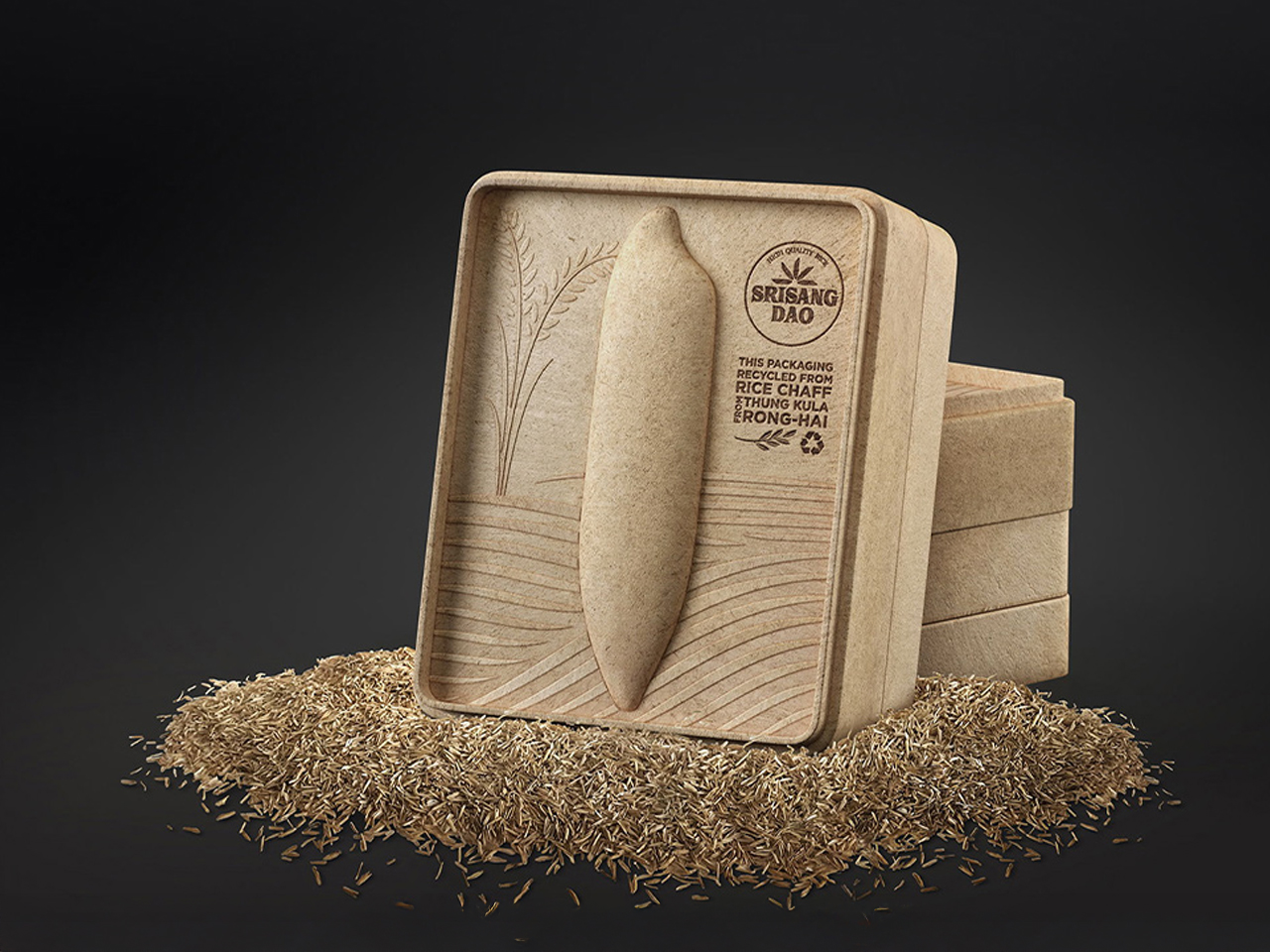
"Rice waste, often discarded after harvest, is emerging as one of the most eco-friendly resources with numerous applications. From producing biochar for improving soil fertility to creating sustainable nanomaterials and biodegradable packaging, rice waste is transforming industries. Studies indicate that the global rice production yields over 750 million tons of grain each year, generating approximately 150 million tons of rice husks as byproduct."
"When processed into boards or composites, rice husk offers excellent durability and resistance to termites, moisture, and fire. Its versatility allows it to be molded, shaped, and even used in 3D printing for customized furniture pieces. Rice husk-based materials are not only practical and long-lasting but also support innovative design possibilities, making them a smart choice for modern, environmentally conscious furniture manufacturing."
Rice husks form an abundant agricultural byproduct of global rice production, yielding roughly 150 million tons annually. Rice husks can be converted into biochar to improve soil fertility, into sustainable nanomaterials, and into biodegradable packaging. Repurposing rice husks reduces environmental pollution, lowers carbon footprints, and advances circular economy practices across multiple industries. In furniture design, rice husk serves as a renewable alternative to timber and can be processed into boards or composites that resist termites, moisture, and fire. Rice husk materials can be molded, 3D printed, and perfusion-molded into durable, innovative pieces such as braided-seat reading stools with rice-husk-and-carbon cushions.
Read at Yanko Design - Modern Industrial Design News
Unable to calculate read time
Collection
[
|
...
]